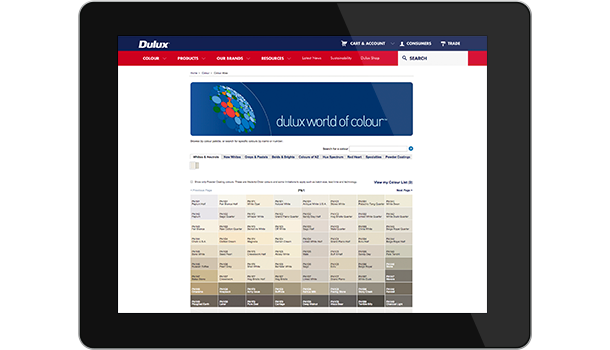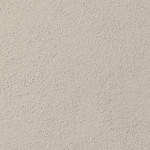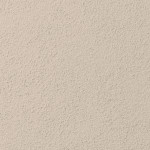Smart System.
Coating Solutions
Beyond the construction advantages of using lightweight cladding systems, designers use Exsulite® for the flexibility it gives them in the design phase.
Exsulite allows designers to deliver finishes and to articulate corners and edges that improves the aesthetic and environmental outcomes for their projects. Dulux Acratex manufactures a range of acrylic texture systems that deliver the contemporary render style your planning for but with flexible acrylic technology that won’t crack and delaminate. Imagine the multitude of composite facades that can be delivered using Dulux Acratex Texture Systems and the myriad of Dulux colours.
Exsulite Approved Coating Systems
This Exsulite Installation Manual provides system specifications installation guidance for CodeMark compliance for the Exsulite Cavity System finished with either an Acratex®, Quikcote™ or EZYCOAT coating systems in accordance with the CodeMark Certificate of Conformity.



Popular Dulux Acratex Colours
Dulux recommends the use of colours with (LRV) >35 over Exsulite.
The colour examples shown above meet best practice industry advice recommending the use of colours with Light Reflectance Value (LRV) >35 over lightweight or panelised building systems such as fibre cement, AAC and EIFS substrates including Exsulite. In practice this means limiting the use of very dark (hot) colours where the resultant temperatures generated will increase thermal stresses resulting in excessive movement and accelerated colour fade. Colour and the influence it has in absorbing heat is well known and a factor that we recommend be considered in any application (Lightweight or Solid Construction) in addition to the aesthetic of the colour choice. The impact a colour may have on any walling element is heavily influenced by other factors such as the site location, design, placement of control joints, build processes and building aspect.
Solar Absorptance
When using composite lightweight panelised cladding systems such as Exsulite, there are several factors that should be considered – particularly when selecting dark to very dark colours.
- Industry best practice suggests that dark to very dark colours will significantly increase external wall surface temperatures (hot to very hot); this results in an increase in thermal stress to both the coating and cladding material to which the coating system is applied.
- Wall surface temperatures will be lower under light to medium colours due to less solar absorption resulting in less thermal stress.
- When choosing colours, it is important to also consider the location and orientation of the building, the materials being used and any manufacturers specification for design and installation.
- Engineering solutions should also be considered and may include (but not be limited to) the location and/or number of control or expansion joints as well as building aspects and processes over minimum requirements set by material manufacturers or NCC codes.
- The objective is to include extra expansion points which will allow movement as the wall surface temperature increases during the day and reduce the risk of potential coating system cracking.
Explore the Dulux Colour Atlas
Acratex Acrylic Textures are available across the full Dulux Exterior colour range.
Explore Now ›




















